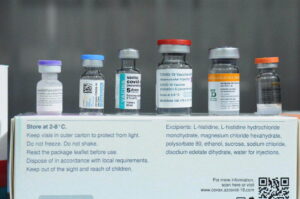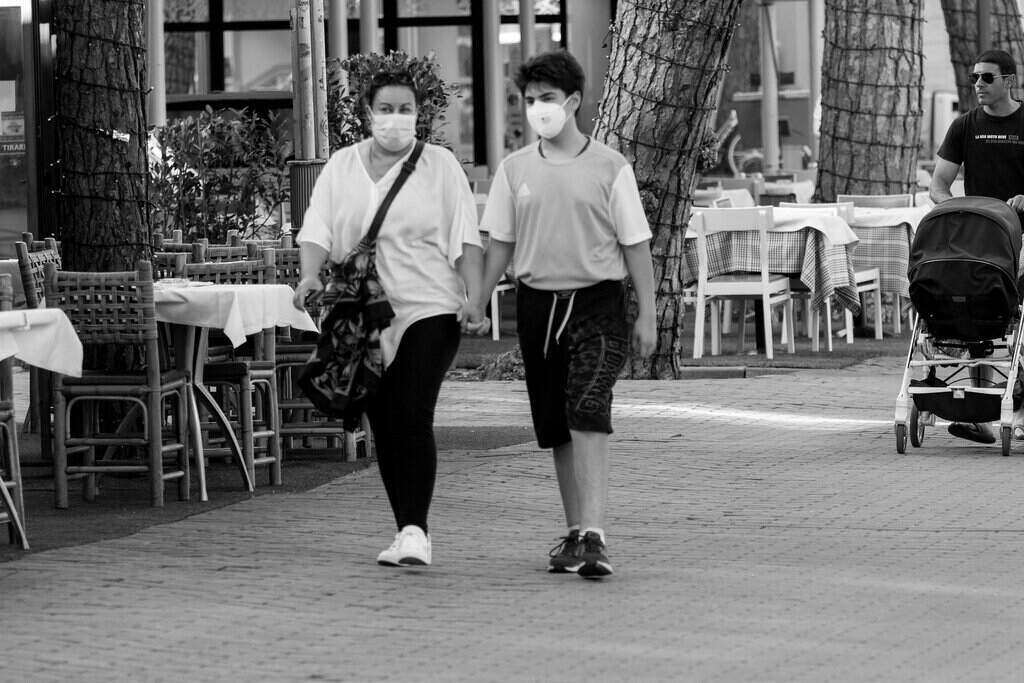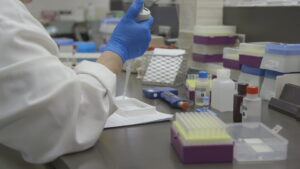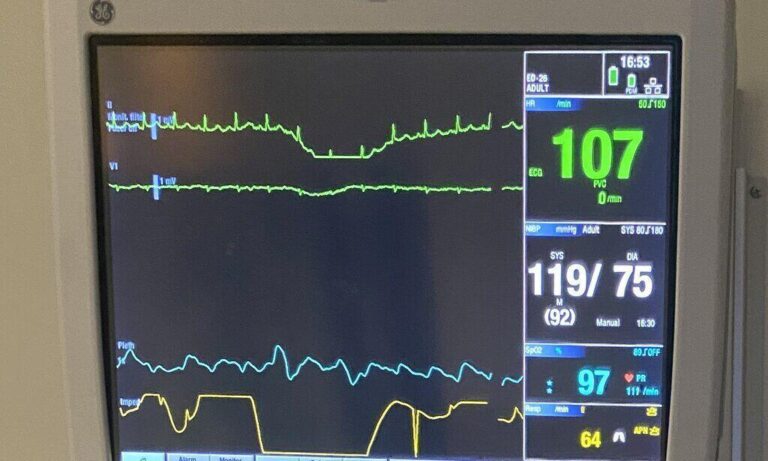COVID-19 has been around for over three years now. It seems like new strains are popping up all the time. XBB.1.16, also referred to as “Arcturus,” is a subvariant derived from Omicron. Moreover, Arcturus is a COVID strain being monitored by health experts, as it slowly gains its foothold in the world.
Professor of epidemiology at Emory University’s Rollins School of Public Health in Atlanta, Jodie Guest, stated, “It started in India, and we’re seeing a 500% increase in the past month in the Southeast Asia region that includes India, Indonesia, Thailand, Bangladesh, Nepal, Sri Lanka [and] The Maldives.” Currently, the new COVID subvariant is being tracked in 29 countries including the United States.
Steep Uptick in New COVID Strain Cases
Moreover, Guest noted that they are seeing Arcturus “cases beginning a fairly steep uptick in the Eastern Mediterranean region as well.” The director of clinical virology at Mayo Clinic in Rochester, Minnesota, Matthew Binnicker, noted they began seeing an increase of Arcturus cases “over the last month.” Additionally, about a month ago the virus “represented about 1% of all the sequenced cases.” The next week the COVID strain “increased to a little over 2%.”
Last week the cases rose to 7% nationwide. The new COVID subvariant is hitting some parts of the country harder than others.
More often than not, new variants are more transmissible than the original strain of COVID. Based on Arcturus’ “doubling rate — we are anticipating that it is very transmissible,” added Guest.
Normal Symptoms
It is no secret that people could have these COVID symptoms:
- Cough.
- Nausea or vomiting.
- Congestion or runny nose.
- Diarrhea.
- Headache.
- Difficulty breathing or shortness of breath.
- Muscle or body aches.
- Fever or chills.
- Sore throat.
- New loss of smell or taste.
New Strains Symptoms
 Unlike other variants, Arcturus appears to have a few unique symptoms. Some people, particularly children, have been experiencing red, itchy eyes. While conjunctivitis is fairly “common with viral illnesses..it seems to be a new symptom associated with this particular COVID-19 variant,” stated Binnicker.
Unlike other variants, Arcturus appears to have a few unique symptoms. Some people, particularly children, have been experiencing red, itchy eyes. While conjunctivitis is fairly “common with viral illnesses..it seems to be a new symptom associated with this particular COVID-19 variant,” stated Binnicker.
Conjunctivitis is also known as pink eye or red eye. Generally, the patients experiencing this symptom are youth, adults and elderly people can get it too. The fact that this symptom overlaps allergy season has been confusing people. Guest added that it is important to test for the virus if individuals are experiencing any of these symptoms.
The new subvariant has a higher fever than its predecessors. For children 4 years old to adults, a high-grade fever is 103 degrees Fahrenheit (F) or higher. Newborn infants up to three months old should see a doctor if they have a fever of 100.4 degrees F or higher. Children three months to three years should be seen if they have a fever of 102 degrees F or higher.
Dr. Ali Khan, the chief medical officer at Oak Street Health, stated that people “should consult a doctor if it remains this high for greater than 24 hours.” Of course, the new subvariant has all the known COVID symptoms.
Ways to Protect
There are many ways to protect oneself, their household, and community members from contracting the virus. In addition to basic health and hygiene practices, like handwashing, The CDC recommends people:
- Stay up to date with COVID-19 vaccines and boosters.
- Improve the ventilation.
- Get tested for the virus if needed.
- Follow recommendations if exposed. This means to start wearing facial masks the moment one finds out. Get tested at least days after the date of last exposure. Continue to wear a mask for 10 days. However, if symptoms begin before then retest and isolate.
- Stay home if one suspects they have COVID and if they have confirmed suspicions.
- Seek treatment if they have the virus or if they are at high risk of contracting it.
- Avoid contact with anyone suspected or confirmed to have the virus.
Being safe is always the way to go. Following recommendations can help stop the spread of the virus. Hopefully, one day COVID-19 becomes just another bump in the road like the common cold or flu.
By Sheena Robertson
Sources:
CDC: COVID-19 Symptoms
Stamford Health: High fevers in adults, children, and toddlers: When to worry
CDC: Prevention Actions to Use at All COVID-19 Community Levels
Huff Post: The XBB.1.16 COVID Symptoms Doctors Are Seeing The Most Right Now
Top and Featured Image Courtesy of Daniele Marzocchi‘s Flickr Page – Creative Commons License
Inset Image Courtesy of Agência Brasília‘s Flickr Page – Creative Commons License









